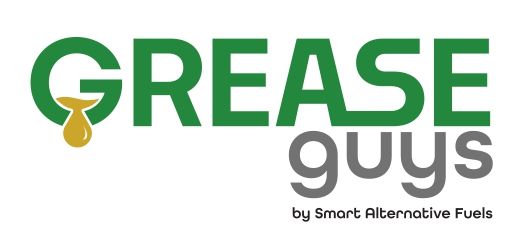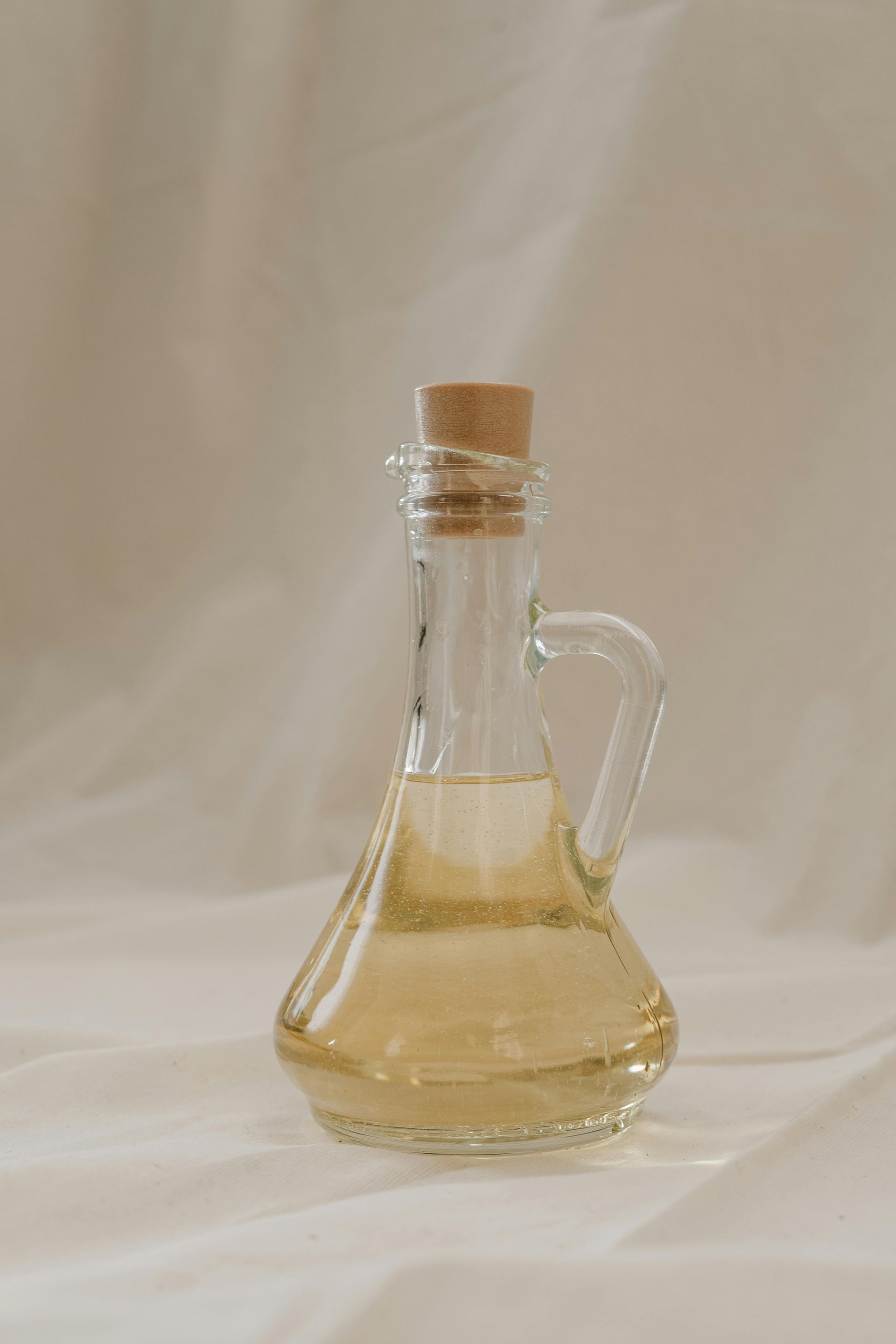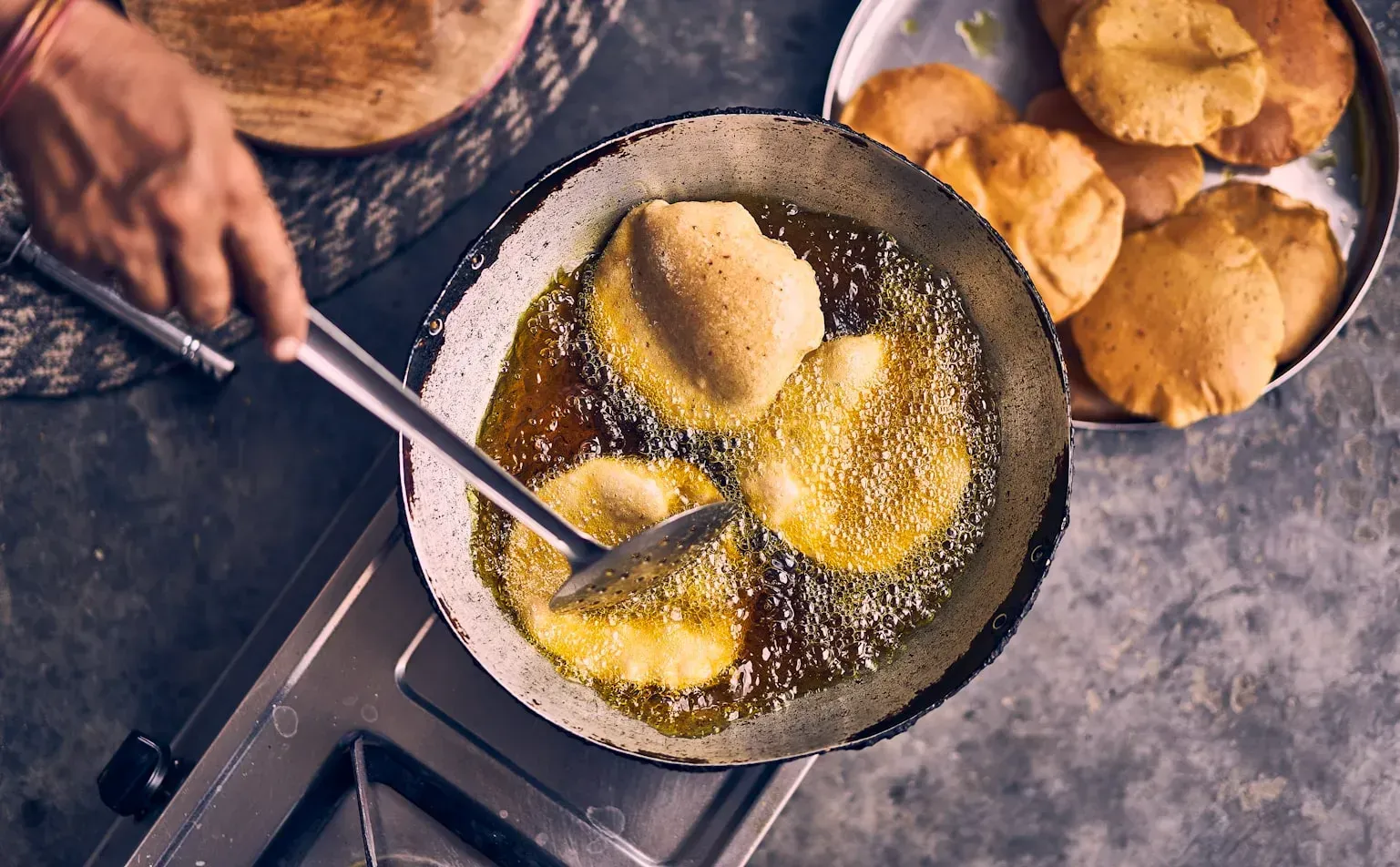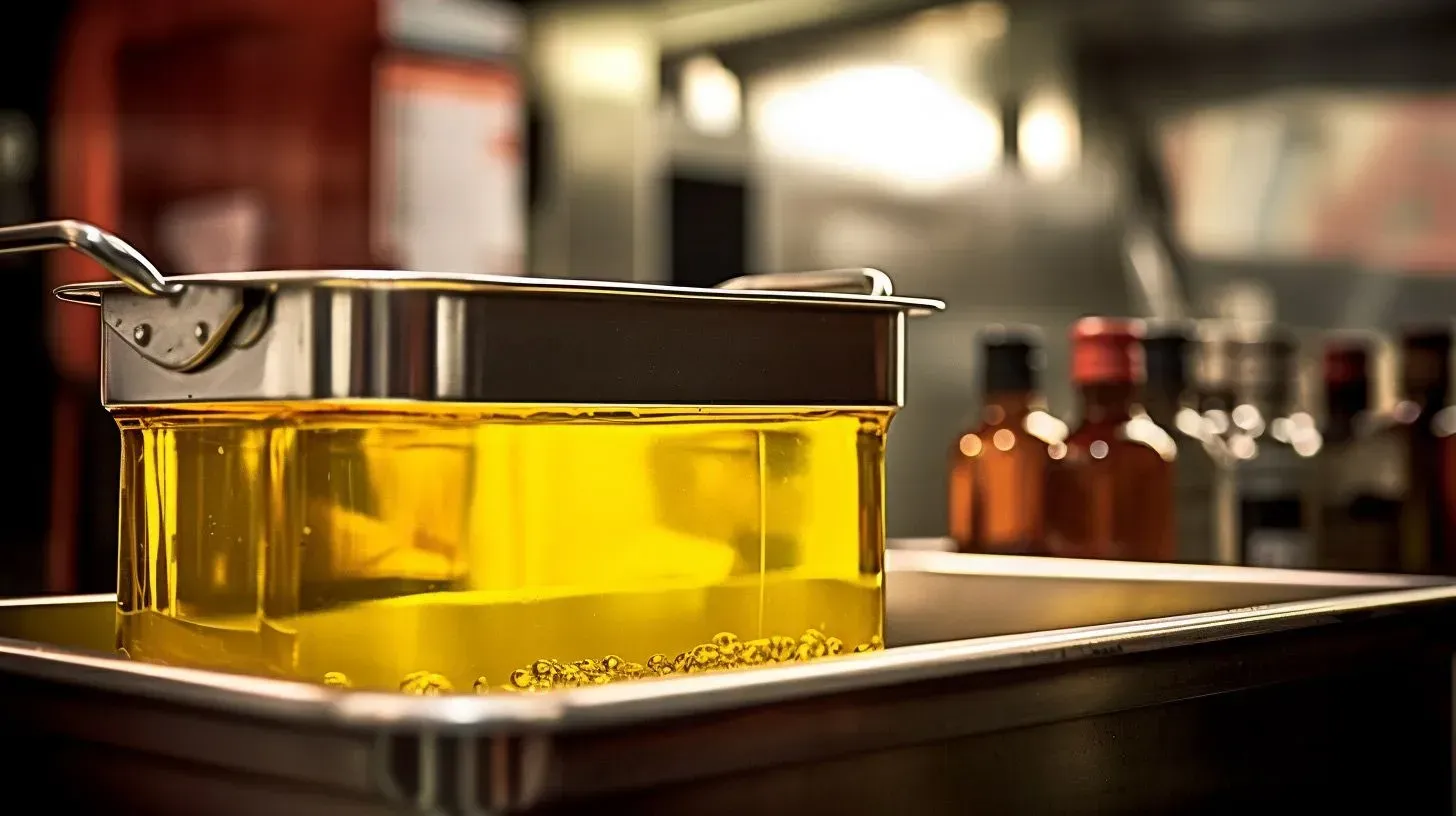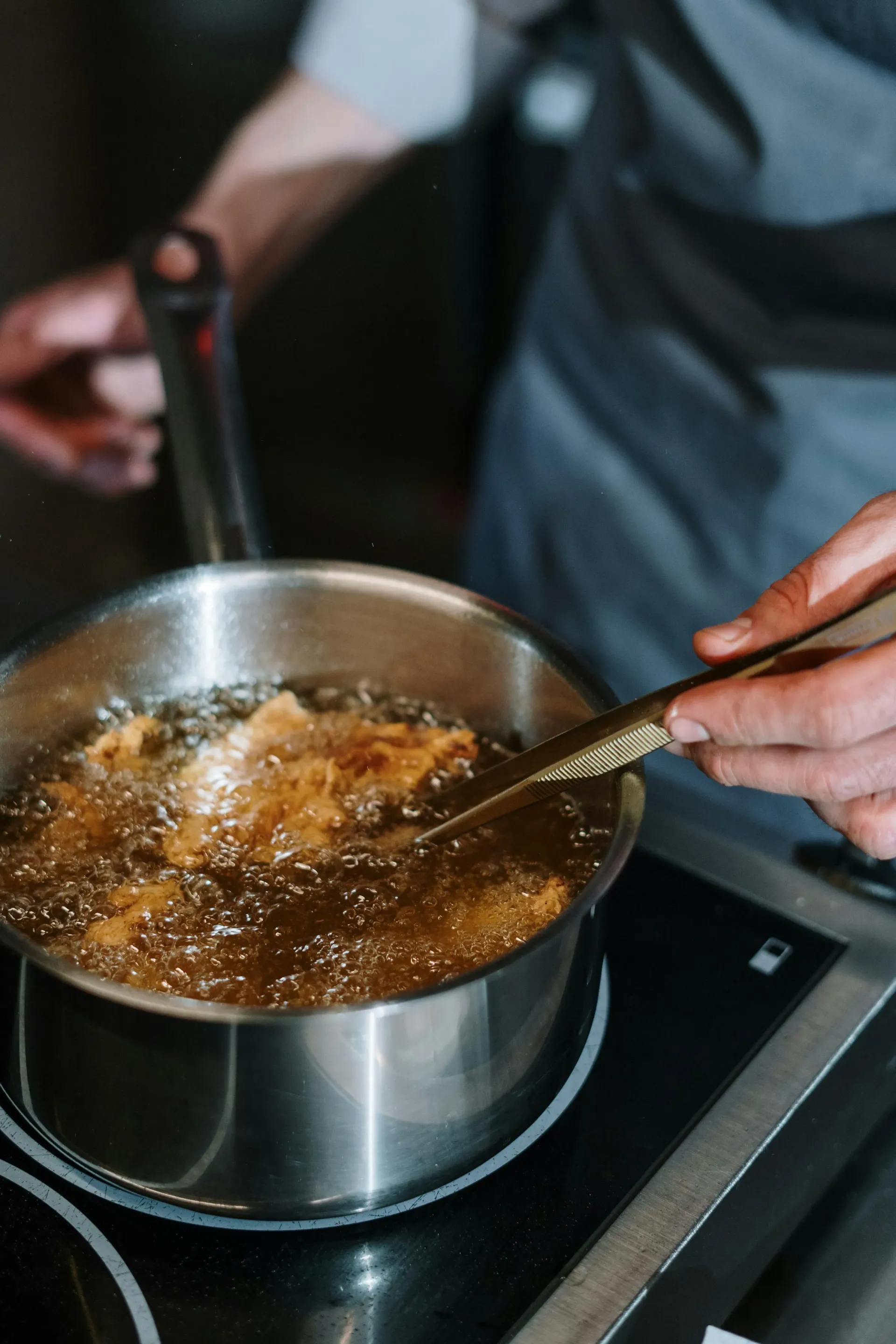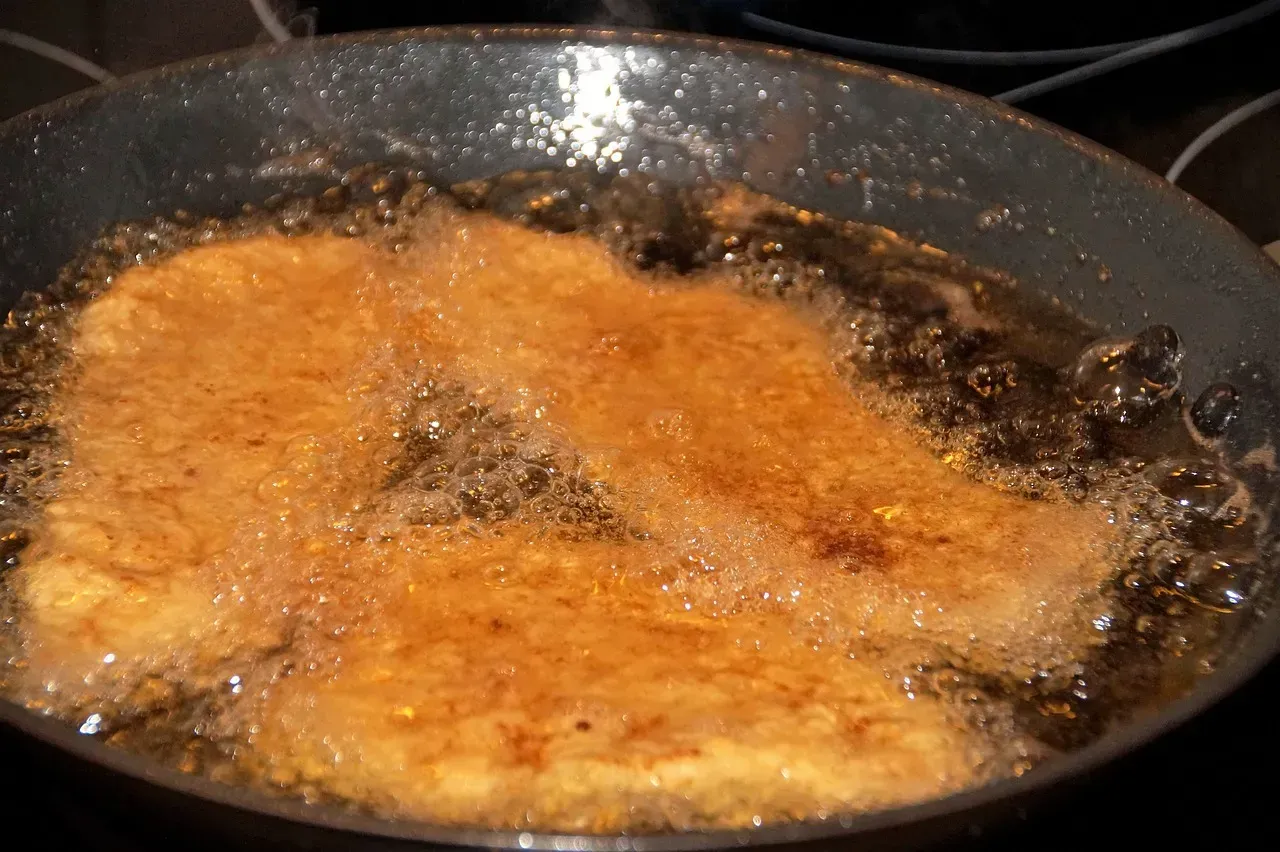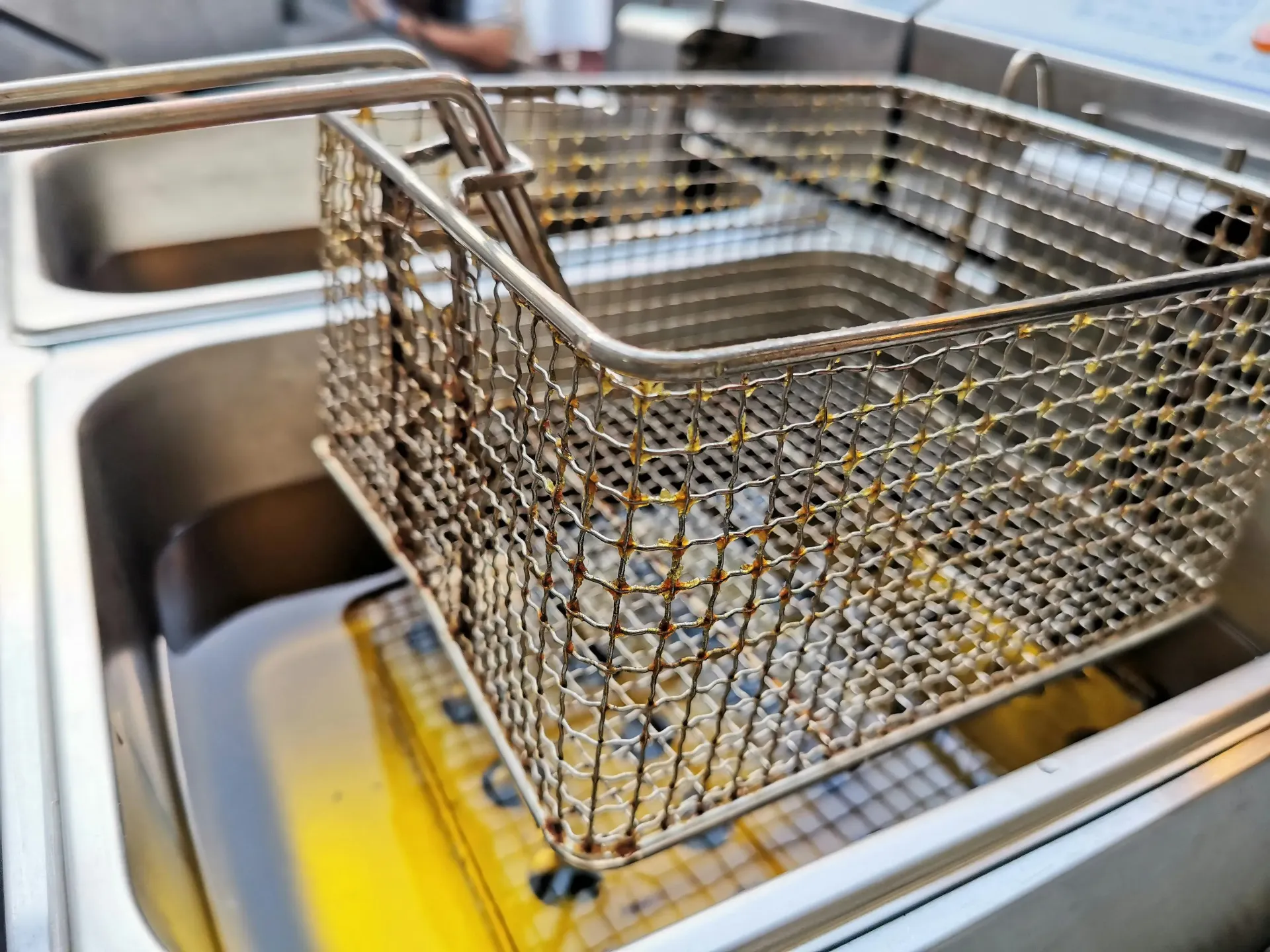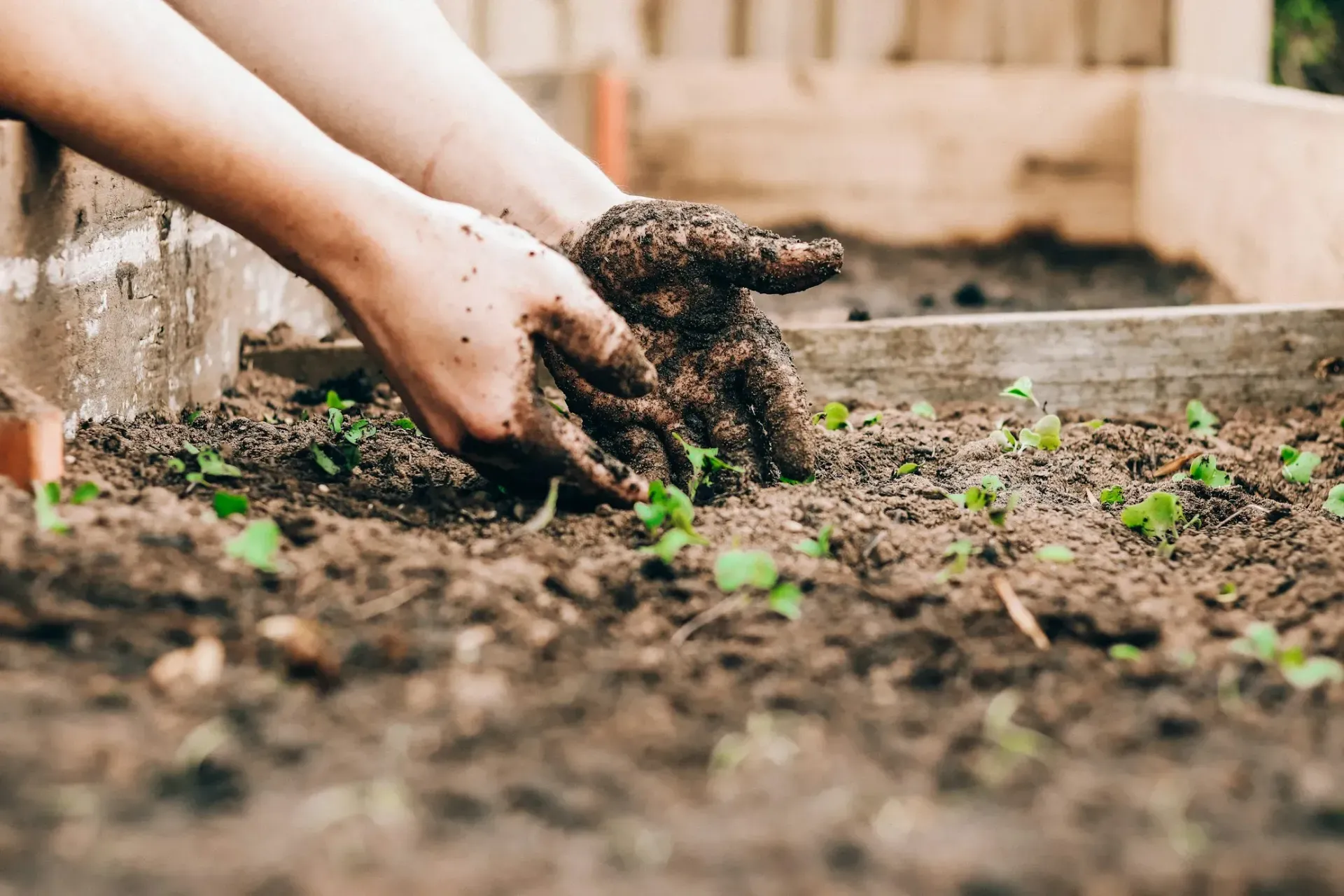
Why Is My Grease Trap Overflowing? Common Causes & Solutions
Grease trap overflows can bring your business to a grinding halt. That nasty backup of water and grease isn't just smelly and gross – it can shut down your kitchen and cost you time and money. If you're dealing with this messy problem, you're not alone. Many restaurant and business owners face this common issue.
The main reason grease traps overflow is a lack of regular cleaning and maintenance. When fats, oils, and grease build up over time, they can block the system and cause backups. Other common causes include improper sizing, damaged pipes, and too much FOG going down your drains.
The good news is that most grease trap overflows can be fixed and prevented with the right approach. This guide will walk you through why your grease trap is overflowing and what you can do about it. We'll cover everything from quick fixes to long-term solutions that will keep your business running smoothly.
Understanding Grease Trap Overflows
What is a grease trap and how does it work?
A grease trap is a simple but important device that catches fats, oils, and grease (FOG) before they enter the sewer system. It works based on the fact that grease floats on water. As wastewater flows through the trap, grease rises to the top and is trapped, while cleaner water flows out to the sewer.
Most commercial kitchens have either an under-sink grease trap or a larger grease interceptor located outside. These traps are your first line of defense against costly sewer backups and environmental problems.
Signs your grease trap is overflowing
How do you know if your grease trap is overflowing? Look for these warning signs:
- Slow draining sinks
- Backed-up floor drains
- Foul odors coming from drains
- Water backing up into other fixtures
- Visible grease and water spilling from the trap
- Gurgling sounds from drains
If you notice any of these signs, it's time to take action before the problem gets worse.
The risks of ignoring grease trap problems
Ignoring an overflowing grease trap can lead to serious consequences:
- Health code violations and potential fines
- Temporary business closure
- Expensive emergency plumbing repairs
- Damage to your building's plumbing system
- Environmental contamination
- Bad smells that drive away customers
Common Causes of Grease Trap Overflow
Infrequent cleaning and maintenance
The #1 cause of grease trap overflows is neglecting regular cleaning. Over time, grease builds up in the trap until it can't hold any more. When that happens, the grease has nowhere to go but back up into your kitchen.
Most grease traps need cleaning every 1-3 months, depending on your business type and volume. High-volume restaurants may need more frequent service. If you can't remember the last time your grease trap was cleaned, this is likely your problem.
Improper sizing for your business
Using a grease trap that's too small for your operation is asking for trouble. An undersized trap fills up faster and overflows more often. If your business has grown or your menu has changed to include more fried foods, your current grease trap might not be up to the task.
Blocked or damaged outlet lines
Sometimes the problem isn't in the trap itself but in the pipes leading out of it. Grease can build up in these lines over time, creating blockages that prevent proper drainage. Damaged or cracked pipes can also cause leaks and overflows.
Excessive FOG (Fats, Oils, Grease) disposal
Pouring too much grease down the drain is a recipe for disaster. Some kitchens dump cooking oil, meat drippings, and other fatty waste directly into sinks. This overloads the grease trap far beyond its capacity.
How to Fix an Overflowing Grease Trap
Immediate steps to take
If your grease trap is currently overflowing, take these steps right away:
- Stop using all connected sinks and drains
- Place absorbent materials around the overflow area
- Call a professional grease trap service
Don't try to fix major overflows yourself – you could make the problem worse or expose yourself to harmful waste.
Professional cleaning and maintenance
The most effective solution for an overflowing grease trap is a thorough professional cleaning. This involves:
- Removing the trap cover
- Pumping out all contents
- Scraping built-up grease from the sides
- Cleaning the inlet and outlet pipes
- Checking for damage or wear
- Properly disposing of the waste
After cleaning, your grease trap should work like new. Many problems can be solved with just this step.
Repairs and replacements
Sometimes cleaning isn't enough. If your grease trap is damaged, incorrectly installed, or too small for your needs, you may need repairs or a replacement. A professional can help you determine if:
- Parts need to be replaced
- The trap needs to be reinstalled
- You need to upgrade to a larger unit
Preventing Future Grease Trap Overflows
Establishing a regular cleaning schedule
The best way to prevent overflows is to set up a regular cleaning schedule with a professional service. How often you need cleaning depends on your business:
- Fast food restaurants: Every 1-2 weeks
- Full-service restaurants: Every 2-4 weeks
- Cafeterias: Every 2-4 weeks
- Coffee shops: Every 1-3 months
Stick to this schedule even when things seem to be working fine. Prevention is always cheaper than emergency repairs.
Training staff on proper FOG disposal
Your staff plays a big role in keeping your grease trap working properly. Train them to:
- Scrape food waste into trash cans before washing dishes
- Never pour grease or oil down the drain
- Use sink strainers to catch food particles
- Dispose of cooking oil in designated containers
Simple changes in kitchen habits can dramatically reduce the amount of grease entering your trap.
Regular inspections and maintenance
Between professional cleanings, check your grease trap regularly for signs of trouble:
- Measure the grease layer (should be less than 25% of the trap depth)
- Look for structural damage or leaks
- Check that inlet and outlet pipes are clear
- Ensure lids and gaskets seal properly
Catching small issues early can prevent big problems later.
When to Call Professional Grease Trap Services
Warning signs that require expert help
Don't wait until you have a full overflow to call for help. Contact a professional if you notice:
- Slow draining that gets worse over time
- Foul odors that don't go away after cleaning
- Water backing up into multiple fixtures
- Visible grease in places it shouldn't be
These signs indicate problems that need professional attention before they become emergencies.
Choosing the right grease trap service provider
Not all grease trap services are created equal. Look for a provider that:
- Is licensed and insured
- Offers 24/7 emergency service
- Provides proper waste disposal documentation
- Has experience with your type of business
- Offers preventive maintenance plans
A good provider will help you develop a maintenance schedule that keeps your system running smoothly.
Keeping Your Business Running Smoothly
An overflowing grease trap is more than just an unpleasant mess – it's a sign that your grease management system needs attention. By understanding the causes and solutions, you can take steps to fix current problems and prevent future ones.
Remember that regular maintenance is the key to preventing overflows. Investing in scheduled cleaning and proper disposal practices will save you money and headaches in the long run.
Need Help With Your Grease Trap Problems?
Don't let grease trap issues shut down your business. Grease Guys provides 24/7 professional grease trap cleaning and maintenance services throughout Washington, western Idaho, and northern Oregon. Our team specializes in restaurants, casinos, and industrial facilities.
With our eco-friendly practices and round-the-clock availability, we handle everything from emergency overflows to regular maintenance. We roll up our sleeves so you don't have to!
Contact Grease Guys today for hassle-free grease management solutions tailored to your business needs. Keep your kitchen running smoothly with our expert grease trap pumping and cooking oil collection services.
